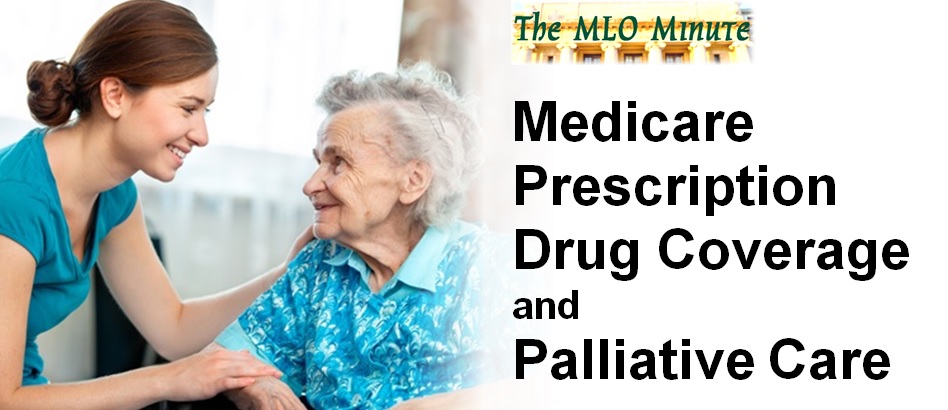Medicare Prescription Drug Coverage and Palliative Care
Expensive Specialty Drugs Are Forcing Seniors to Make Hard Choices
There is a growing problem with Medicare prescription drug coverage for seniors who take high-priced specialty drugs: There is no cap on how much they pay. Each prescription drug plan is structured a little differently, but people with very high drug costs almost inevitably enter what’s called the “catastrophic” phase of coverage. Then, they pay 5 percent of the list price of their drug – no small sum in an age of $10,000-a-month cancer drugs or, in Diane Whitcraft’s case, a more than $7,000-a-month Multiple Sclerosis therapy. The number of seniors who reach the catastrophic phase has almost doubled over a four-year period, to more than 1 million people in 2015, according to a new analysis by the Kaiser Family Foundation. That trend was driven in part by a new generation of high-priced hepatitis C drugs, but includes high out-of-pocket costs for people taking drugs for cancer, multiple sclerosis, schizophrenia, and HIV. The Affordable Care Act took steps to close the “doughnut hole,” the coverage gap where seniors have been on the hook for more of their prescription drug costs. But for a growing number, the doughnut hole barely matters. Their first or second prescription fill of the year might get them out of it, plunging them into a bigger problem – a phase of coverage where there’s no upper limit on how much they will pay.
Source/more: Washington Post
Nursing Home Residents Eligible for Palliative Care Often Don’t Get It
Many nursing home residents who might benefit from palliative care to make them more comfortable and improve their quality of life don’t receive it, a small U.S. study suggests.
Researchers examined data on 228 residents of three northern California nursing homes and found that 157 of them, or 69 percent, were eligible for palliative care based on the types of health issues they had. But none of them were receiving palliative care, and only two were getting hospice services. “We know from several studies that palliative care is often initiated too late in the disease trajectory and most nursing home residents die without the benefit of palliative care or with palliation delayed until the last days of life,” said lead study author Caroline Stephens of the University of California, San Francisco School of Nursing. “We also know that palliative care in nursing homes is associated with improved quality of care, satisfaction with care, enhanced symptom management, and fewer trips to the emergency room – especially when such care is initiated earlier in the disease course.” By 2030, two out of every five deaths in the U.S. will occur in nursing homes, researchers note in JAMA Internal Medicine. Even though nursing home care costs an estimated $136 billion a year, it’s often associated with poor quality and low patient satisfaction.
Source/more: Reuters





